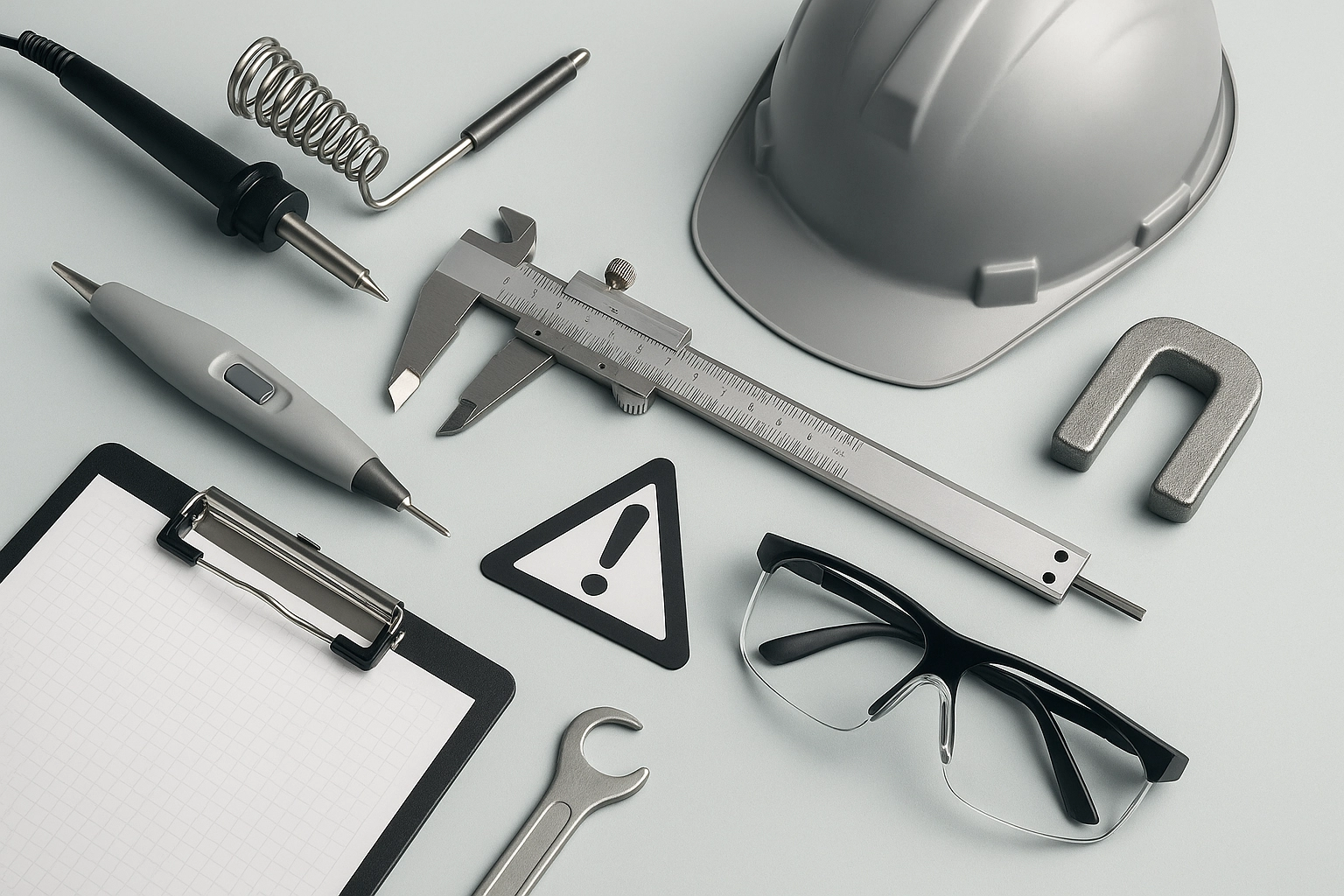EN 71-1 Small Parts Cylinder Test
The EN 71-1 small parts cylinder test is a crucial component in ensuring the mechanical and physical safety of toys. This test evaluates whether small components or parts of a toy can potentially pose a choking hazard to children. Compliance with this standard is mandatory for all manufacturers, importers, and retailers selling toys within the European Union.
The test involves inserting various small objects into a specially designed cylinder that simulates the oral cavity of a child. The purpose is to determine if any part can pass through an orifice with a diameter equivalent to 8 millimeters (the approximate size of a 3-year-old's airway). Any object that passes this test fails, indicating it could be a choking hazard and thus non-compliant.
The testing process requires meticulous preparation. Toys must undergo thorough inspection for small parts or components that might become loose during normal use or play. These include but are not limited to buttons, beads, decorative elements, and any detachable items. The test is particularly important for toys intended for children under the age of three, as they are at higher risk due to their developmental stage.
For accurate testing, a variety of small objects, including metal spheres, wooden cubes, and plastic cylinders, are used. These objects represent potential choking hazards that could be found in various toy designs. The test apparatus is designed according to the specifications laid out in EN 71-1:2019+A1:2023. This standard provides detailed guidelines on specimen preparation, testing procedures, and acceptance criteria.
The testing process involves inserting each small object into a cylinder with an internal diameter of 8 millimeters. The object is then observed to see if it can pass through the orifice. If any part passes this test, it must not be used in toys intended for children under three years old. Failure to comply can lead to product recalls and legal consequences.
The importance of this test cannot be overstated. It plays a vital role in protecting young children from serious injury or death resulting from choking hazards. By adhering to EN 71-1, manufacturers ensure that their products meet the highest safety standards set by international organizations like the European Committee for Standardization (CEN).
It is essential for quality managers and compliance officers to stay updated on the latest revisions of this standard. The most recent updates in 2023 have introduced additional materials and dimensions that need to be accounted for during testing.
- Understanding the latest specifications ensures that manufacturers can accurately perform tests.
- Compliance with EN 71-1 helps avoid legal issues and potential product recalls.
- Meeting these standards builds trust with consumers, enhancing brand reputation.
- Ensuring safety compliance is crucial for maintaining market access in the EU.
Why It Matters
The EN 71-1 small parts cylinder test is critical for ensuring that toys are safe from choking hazards. Choking can lead to severe injuries or, in the worst-case scenario, death. This test helps identify potentially dangerous components early in the manufacturing process, allowing manufacturers to address issues before products reach the market.
For R&D engineers and quality managers, compliance with this standard is not just a legal requirement but also an ethical responsibility. It ensures that toys are safe for all intended users, particularly vulnerable children who may be more prone to accidents due to their age and developmental stage.
The test results contribute significantly to the overall safety profile of toys, which is essential in maintaining consumer trust and satisfaction. By adhering to these standards, manufacturers can mitigate risks associated with product recalls and legal actions, thereby protecting both themselves and consumers.
Benefits
The benefits of conducting the EN 71-1 small parts cylinder test extend beyond mere compliance; they encompass multiple aspects that contribute to a safer toy market:
- Enhanced Safety: The primary benefit is ensuring that toys are free from choking hazards, protecting young children.
- Market Access: Compliance with EN 71-1 ensures that products can be sold in the European Union without facing legal or regulatory barriers.
- Consumer Trust: By meeting these standards, manufacturers build a reputation for safety and reliability, enhancing consumer confidence.
- Avoidance of Legal Issues: Non-compliance risks product recalls and potential lawsuits, which can be costly and damaging to brand reputation.
Competitive Advantage and Market Impact
Conducting the EN 71-1 small parts cylinder test provides manufacturers with a competitive edge in several ways:
- Market Leadership: Compliance with this standard positions companies as leaders in safety and quality, attracting more customers.
- Consumer Preference: Consumers are increasingly prioritizing product safety. Brands that demonstrate compliance are favored over non-compliant ones.
- Risk Mitigation: By identifying potential hazards early on, companies can avoid costly recalls and legal issues.





